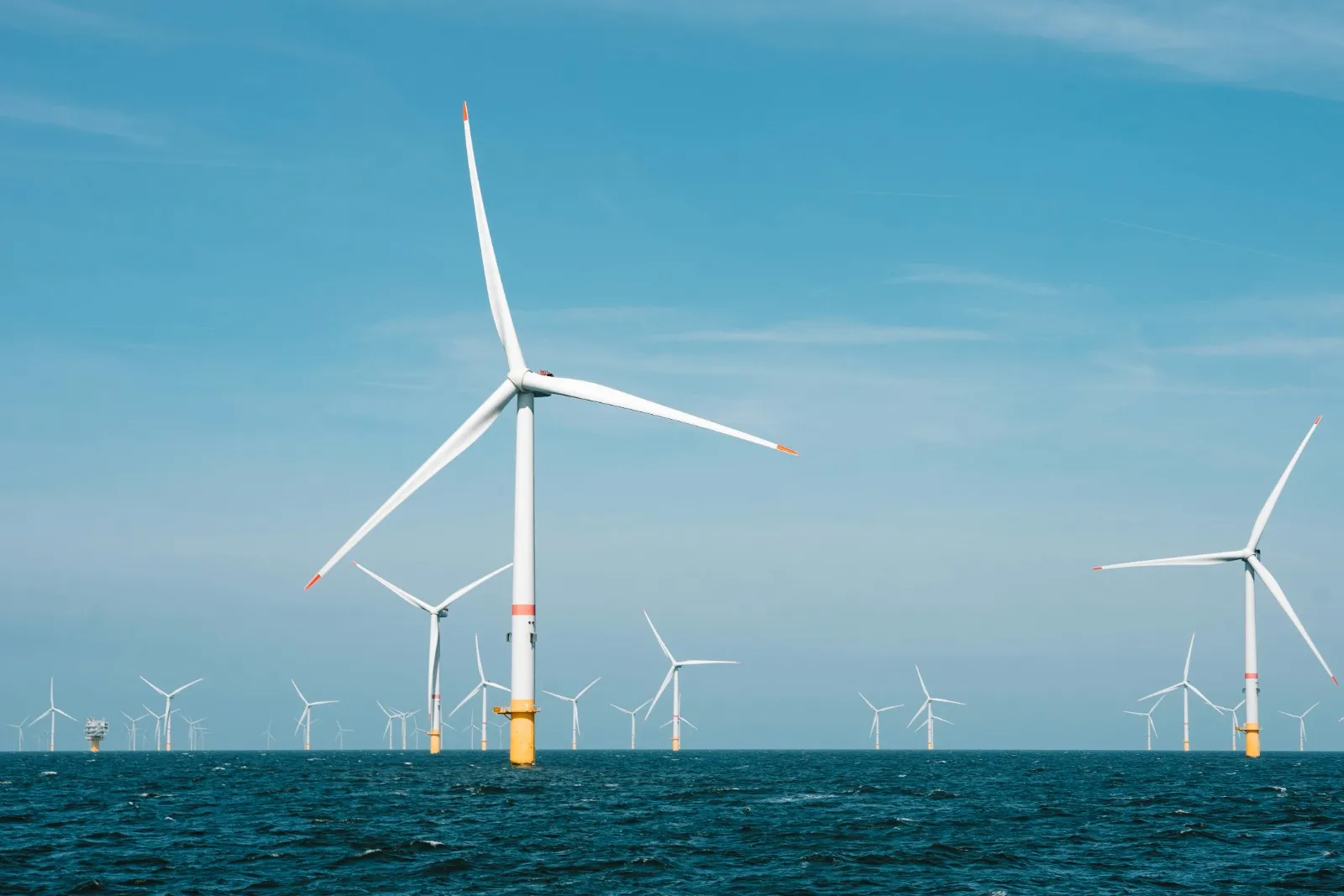The nuclear-sized hole at the heart of the green hydrogen vision

By Paul Noonan, Lead Copywriter, Energy and Industrials
Clean hydrogen has long been hailed as the green lifeblood of the future economy, helping store and circulate renewable energy across sectors and decarbonise hard-to-abate industries and heavy transport. It is at the heart of the energy transition, holding the promise of decarbonising sectors that cannot be easily electrified and even providing the Holy Grail of dispatchable renewable power in the form of hydrogen gas-fired power stations. It is also central to Europe’s energy security with the EU aiming to replace 27 bcm of imported Russian gas with 20 million tonnes of renewable hydrogen. Yet green hydrogen is currently little more than a pipe dream because Europe’s policymakers have set pie-in-the-sky policy-driven timelines without being honest about the practical steps to achieving them and the enormous energy costs involved.
Few realise that the EU’s target of 10 million tonnes of home-grown hydrogen by 2030 would consume the equivalent of Germany’s entire annual power consumption, which could max out our electric grids. The EU also aims to create hydrogen entirely from new renewable energy capacity to avoid diverting clean power from other applications. This would require a 44% expansion of Europe’s renewable energy capacity at a time of rising renewable supply chain costs and constraints, exacerbating energy bills and worsening our reliance on rare-earth metals from China. In other words, green hydrogen could ironically worsen the very energy cost and energy security crises it was meant to solve.
Time to go nuclear
Nuclear energy could circumvent this entire problem by creating hydrogen electrolytically or even through direct use of heat from nuclear energy thus avoiding excessive new wind or solar construction and electricity use. Crucially, much more renewable capacity would be needed to cover unpredictable swings in supply whereas nuclear provides a stable power source and thus needs less capacity. This means that producing a million metric tonnes of hydrogen would need just seven gigawatts of installed nuclear capacity compared with 22 gigawatts of onshore wind or 52 gigawatts of onshore solar.
Yet nuclear power is currently caught in a political tug-of-war between Germany and France and the fate of nuclear-produced hydrogen hangs in the balance. Nuclear has been excluded from the EU’s proposed list of renewable hydrogen power sources which is being considered by the European Parliament and Council and will form the investors’ guide to hydrogen. And there is now a major battle looming over whether nuclear can even qualify as “low-carbon hydrogen” with an EU methodology due to be agreed in 2024.
There is an urgent need for communications campaigns to outline the benefits of nuclear and the full implications of sole reliance on renewable electricity for hydrogen. As we transition to new energy, informed communications is vital to ensure that these immensely consequential decisions consider the widest array of technological options and are based on transparent, accurate data. Otherwise, green hydrogen risks becoming the cure for our energy woes that is worse than the disease.

